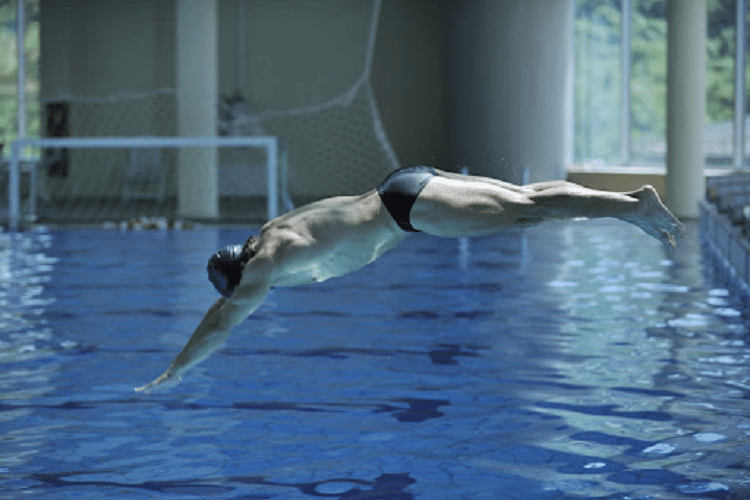
7 Tips To Prepare For Your First Long-Distance Bike Trail
If you’re planning to go on your first long bike ride, you have a lot of work to do. As the saying goes -”Fail to prepare, prepare to fail.” Whether you’re going solo or with a group, you need proper training to make sure that you have an enjoyable experience rather than something that you’d dread to do again.
You need at least eight weeks of two-hour rides per day with increasing distance and intensity. More extended preparation is required if you’re just new to cycling. It’s always a good idea to check in with your physician before committing to any strenuous physical activity unless you’re a practicing athlete.
Here are some tips to help you prepare for the ride of the century:
Table of Contents
Be Realistic With Your Goal
Before you start planning anything else, evaluate yourself and your physical condition. If you are in a good shape and if you are fit enough to go on a long ride, you will need lesser time to train and prepare your muscles. If you’re planning to go on a really long distance, try to check if you can do a 60-mile tour by doing one on a stationary bicycle without hurting your back or calves.
If it’s your first time, it’s a must to make many shorter trips first then go farther one ride at a time. Make sure that you know your limits and how far you can go without needing to be constantly checked on by your co-riders. Since you will be on a bike, it’s expected that you can only bring a few things to make sure that you are totally physically fit before embarking on that bike trail.
Train Hard But Not Too Hard
Training for a long distance bike ride should be done a few months before the big day. If you don’t have the endurance, you may either lag behind or simply not complete the trip. Workouts should be focused on endurance and strength. Start with cardio training to make sure that you don’t run out of breath when cycling for long hours. The best bike trainers for home exercise are available so that you can keep on training even during winter.
Plan your training by tracking your distance and gradually increasing your mileage over time. Then, slowly insert strength training and start building muscles on those legs. Don’t jump to hard workouts right away that’ll hurt your training instead of helping it. Eventually, as the day of the ride gets nearer, you start a recovery period and do exercises daily but not as intense as the previous weeks. Reduce the training intensity again a few days before the big day.
Complete Uninterrupted Sleep
With all the training and workouts that you have done, your body needs to be recharged thoroughly. Your body needs to regenerate and repair those sore muscles. Make sure you have undisturbed sleep at least 8 hours every night to make sure that you’re ready for the next day and your body won’t break down on you.
Stay Hydrated And Eat Right
The body needs proper nutrition and hydration in order to function properly. Regardless of how hard you have trained, if you miss vital nutrients for your body then you might underperform or end up getting sick or worse. Make sure that you’re fueling your body with a proper and balanced diet; this will be the best thing you can do for it.
Because you need to train a few months before the big day, it’s best to accompany your training with good food. You’ll feel the benefits in the long run. Depending on the weather or climate, you should consume at least one bottle of water per hour. If it’s cold, you might only need a few milliliters of water an hour but if it’s hot and humid, you may need to increase your water consumption.
Anticipate Problems and Prepare for Them
Trouble is inevitable, regardless of the intensity of planning or preparation. However, bring the right items and equipment could also help in case the inevitable happens. The challenge with being on a bike is the limitation on the weight or size of the objects you can carry with you so you have to be efficient on the kind of things you bring.
A biking emergency kit is a good way to prepare for any kind of trouble. The kit should include a mini tool set, phone, a fix for two flats and cash. Cash can be stashed away anywhere in your body to make sure you have one in case you lose the kit. Slip a bill in your shoes that should work. If you encounter a rider, who needs help, stop and help. If all riders do this, there will be no rider in trouble, and you may be on the beneficial end one day.
Follow The Rule Of Thirds
Be familiar with your trail, make sure you know the total distance you have to go then divide it into three segments. This will give you an idea on how you can plan your pedal intensity. The first segment of the ride should just be easy breezy, and you can just spin away without much effort. You will know a rookie when you see a rider peddling away like it’s the last lap of the race on the first few miles.
When you’re in the second segment, you’ll start to feel your muscles getting heavy, but since you were just spinning along during the first segment, it shouldn’t be as hard and tiring. Any energy you have left should be spent on the third and last segment; here you can spin hard and give it all you’ve got, anyway, you should have a nice long rest once you’ve completed the trail.
Stretch Your Muscles
During long rides, you can’t get away with pains and muscle cramps. To reduce them, you should continue moving and change position once in a while. Here are some tips:
- When you’re on a straight and clear road, hold one hand up and reach your back for a few seconds then do it on the other hand.
- Now and then, change your hand positions. Hold the handlebar on its edge for a few minutes and go back to the normal grip. Make sure you have one hand ready to squeeze the break anytime.
- To relieve your back, try to stand up by dropping one foot off the pedal and keeping both legs straight for a few seconds then do it on the other leg.
- Move your shoulders in a circular motion and tilt your head left and right a few times to relieve your neck and shoulders.
No matter how long or short, your ride is, it’s essential that you’re always prepared. It’s also crucial that you have someone to help you in case of serious mishaps. If you’re going on your first long ride, might as well join a group than going solo. These tips should help you before, and during your trip so you won’t cause any setback or delays in the group.







